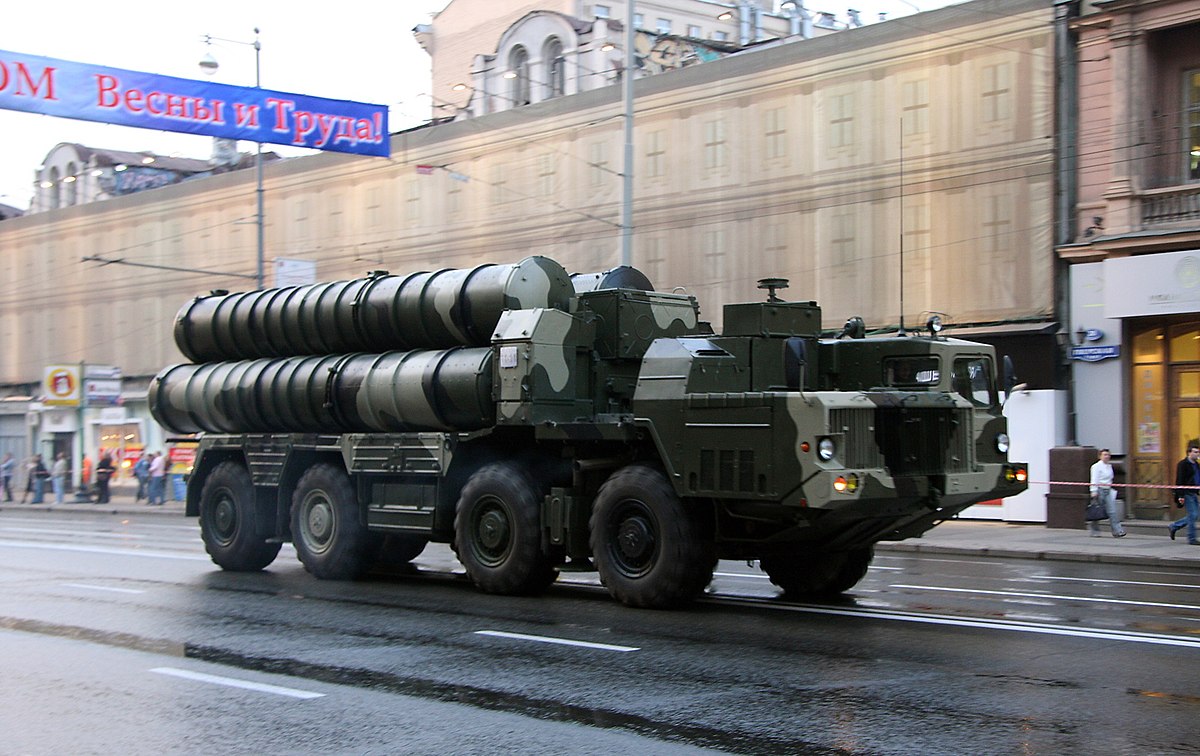
Was it the most devastating individual strike on a Russian airfield since the beginning of the all-out war? The recent Ukrainian shelling of Voronezh’s Baltimore airbase revealed weaknesses in Russia’s air defense and questioned the resilience of its military infrastructure.
In mid-August 2025, claimed precision strikes destroyed radar equipment, crippled a top S-300 division, and likely destroyed aircraft on the ground. Satellite imagery, open-source information, and military analysis now better reveal the extent and magnitude of the destruction. To defense experts, the strike is not only a tactical victory for Ukraine it’s a blueprint for how wars will be waged in the future through the melding of intelligence, long-range precision strikes, and strategic targeting.
This analysis looks at the most pertinent results of the strike, the targeted systems, and what it tells us about the on-going struggle between Ukrainian strike capabilities and Russian defenses.

1. The Strike That Reached Deep into Russian Territory
As agreed with Militarnyi, the Ukrainian raid took place overnight August 16-17 against the Voronezh oblast’s Baltimore airbase well inside Russian territory. That it sits hundreds of kilometers behind the front line is only evidence of Ukraine’s growing ability to project power at distance.
The assault was said to have been conducted using precision-guided missiles, and satellite imaging later showed a number of impact points. To experts, the scope of the attack suggests Russia’s rear-defense apparatus is now no longer shielded from Ukrainian attack, something imposed by Kyiv’s growing exploitation of long-range drones and cruise missiles.

2. Satellite Intelligence Revealed the Damage
Geo-intelligence group CyberBoroshno, who ran commercial satellite imagery, discovered burn marks, destroyed buildings, and missing equipment. Their report, released on Telegram, said that many of Russia’s most important weapon systems were struck or destroyed.

The employment of open-source satellite imagery is an illustration of the Ukrainian targeting process in which open information will typically augment classified information. This makes independent verification of battlefield claims possible, so the Baltimore strike is one of the most well-documented deep attacks of the war.

3. Critical Radar Systems Knocked Out
CyberBoroshno reporting indicated the damage was to the location of a 76N6 early warning radar and a 30N6 fire control radar. Those are key elements of the S-300 air defense system, offering detection and engagement against incoming threats.
With these radars out, the airbase’s S-300 system was shot down. It’s part of a larger trend: Russia has continuously attacked Russian radar targets to knock out situational awareness, a trend also in attacks on Crimea and occupied territory.

4. Probable Loss of Su-24 Aircraft
Imagery revealed the destruction of two Sukhoi Su-24 planes that were spotted a month prior. In their stead, analysts detected burn marks typical of strike follow-on fires. United24 also stated that although the Su-24M is mostly absent from Russia’s frontline bomber force, its Su-24MR reconnaissance model continues to be available for signals and radar intelligence.

If operational, their loss would be a blow to Russia’s tactical reconnaissance assets. Even retired, their destruction reminds us of the risk of parked planes without hardened hangars a problem Russian milbloggers have seethed about for years.

5. Strategic Significance of Baltimore Airbase
Militarnyi said that the airfield is home to the 47th Guards Bomber Aviation Regiment and the 108th Anti-Aircraft Missile Regiment. These regiments have missions to carry out offensive strike and air defense within the region.
Disruption of their operation, even temporarily, would have ripple effects on Russia’s west-facing air defence posture. This is especially significant in light of Russia’s continued investment in the building of hardening aircraft shelters at several bases following successive Ukrainian strikes, which was evident from UK MoD imagery in July 2025.

6. A Strike in the Context of Ukraine’s Wider Campaign
Baltimore is part of the broader Ukrainian campaign against logistics, command, and air defense nodes that are distant from the front. Targets such as the Kirishi Oil Refinery and Black Sea Fleet facilities in Crimea are some of the other sites that have struck oil storage facilities, railways, and airports.
Dispersing Russian resources and investments in defensive infrastructure enables Ukraine to thin out the resources of its opponent, preventing both offensive planning and security behind lines.

7. Airbase Vulnerability Lessons
The strike highlights a persistent Russian vulnerability: insufficient hardened protection for aircraft and strategic infrastructure. Despite officially reported to construct shelters, development has been haphazard. Satellite imagery indicates most bases along the border remain open.
To the planners of the military, the experience in Baltimore underlines how passive defenses like shelters and decoys are to be combined with active ones like radars and interceptors. Equipped with them, even bases located in the rear can be effectively countered by precision strikes.
The strike on the Baltimore airbase was more than a tactical achievement; it was a demonstration of Ukraine’s ability to integrate intelligence, precision-guided munitions, and strategic targeting in an attempt to harass high-priority enemy assets. For Russia, it is a reconfirmation that distance from the front line is no longer a guarantee of security, and that downsizing to the needs of contemporary, intelligence-based warfare is not a choice—it is a necessity.

